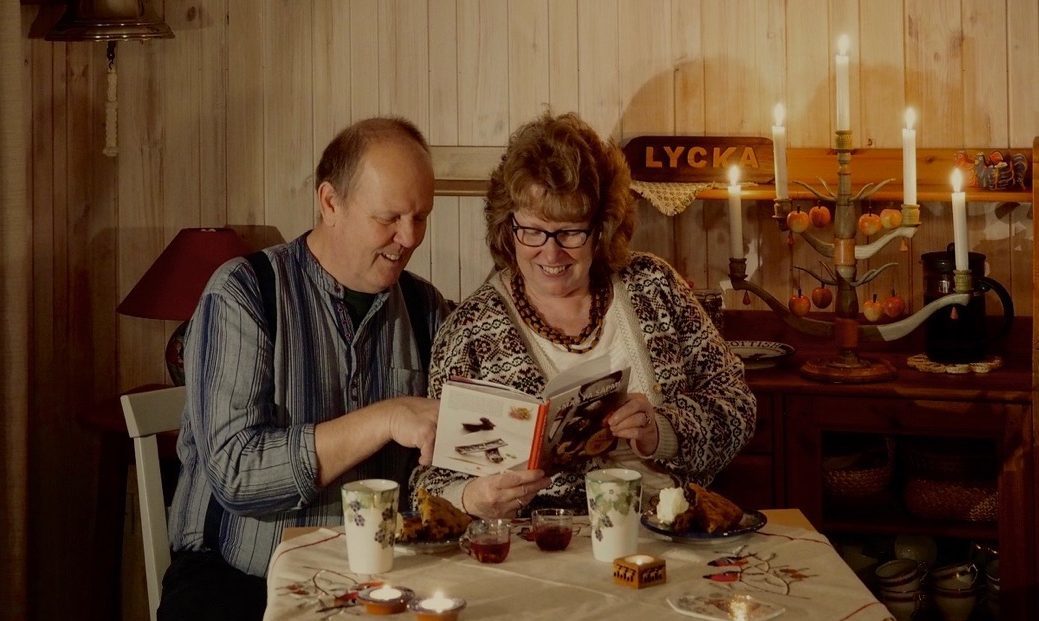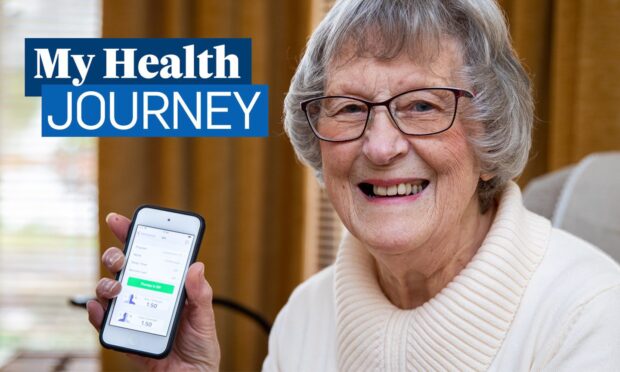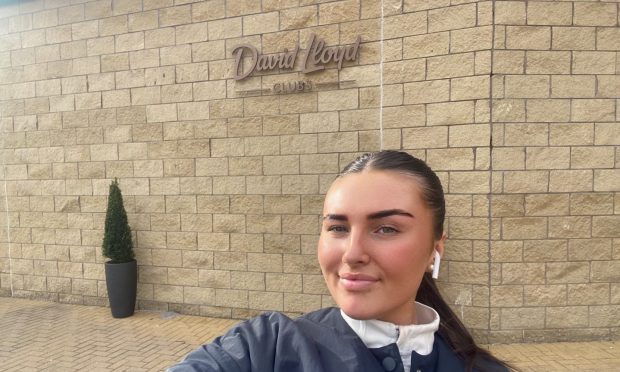This winter’s buzz word is hygge – but what is it and how the Dickens do you pronounce it?
Pronounced hu-geh, it’s a Scandinavian concept, Danish in origin, and it’s basically all about getting cosy.
Wendy Barrie, founder of the Scottish Cheese Trail, is married to a Swede called Bosse and the couple are expert at creating hygge.
“It is to compensate for the lack of daylight and create something warm and comfortable for an otherwise harsh time of year, a stress-free environment for when it’s cold and dark outside,” explains Wendy.
“Hygge adds value and depth to life and slows down the pace a bit – a very positive vibe,” she observes.
“In Sweden interestingly they have another name they use too: kura skymning (pronounced coora whooimming) that definitely must be related to Scots coorie doon.”
Wendy reckons that she and Bosse are pretty hygge.
“Home bakes, hot soups, lots of books, multiple candles, lighting at windows, Nordic slippers – never outdoor shoes inside,” she stresses.
Log stoves, lots of natural timber and textiles, lambskins and Shetland knits, and taking the time to make the table inviting before eating are all ways to create the ultimate in hygge.
“Many of us in Scotland were already into hygge without realising it,” says Wendy,” but Nordic noirs on TV have made it cool.”
So what are some easy ways to introduce it into your home without spending a fortune?
“It’s never about spending a fortune – it’s about making it cosy,” says Wendy.
“Night lights and textured throws and cushions, thick socks or slippers, low lights and glogg (mulled wine), steaming mugs of chocolate and definitely the TV off! Good conversation and books.”
And it’s not all about home accessories – you can introduce hygge into cooking too.
“Try chunky soups as a meal or mugs of pureed soups with a wedge of fruit bread as a fika (convivial snack); warming slow cooked stews, whipped cream on warm desserts, cinnamon buns and Danish pastries,” suggests Wendy.
clindsay@thecourier.co.uk
Did you know…?
During Norway’s Polar Nights, the sun is only up for three hours in some parts and not at all in others.
Denmark doesn’t do mountains – its tallest one, Mollehoj, is only 170m high.
The most popular souvenir in Sweden is the commonly-seen “Moose Crossing” taffic warning sign. Many are stolen from roadsides every year.
80% of the population of Iceland won’t rule out the existence of elves and trolls. Roads are even re-routed to go around areas where they are thought to live.
If you reach the age of 30 in Denmark without being married you receive a pepper shaker as a gift.
The zip, the fridge, the pacemaker and the computer mouse were all invented in Sweden.
The inventors of Lego got things started in the Danish town of Billund in 1932, manufacturing step ladders!
Finland is known as the Land of the 1,000 Lakes. In fact there are more than 188,000 with 98,000 islands.
Info www.laterooms.com










